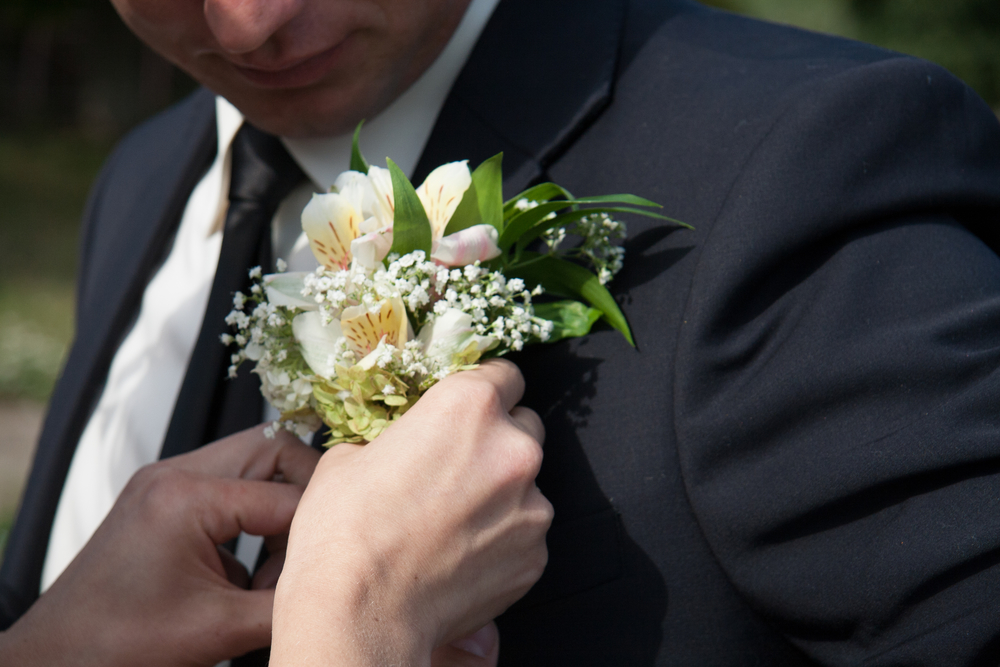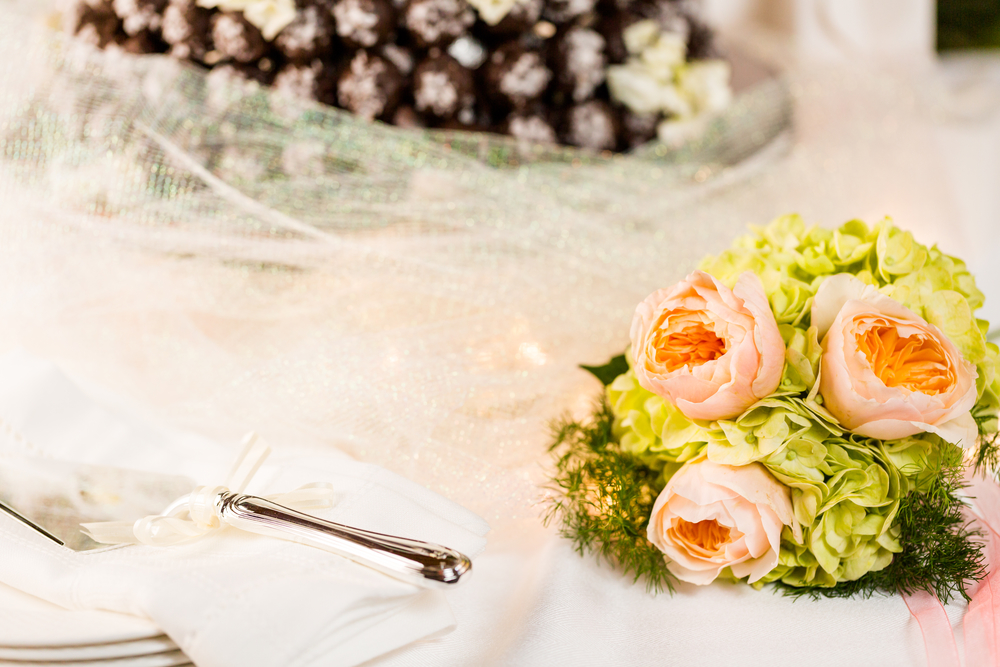Some poets believe that a pen held by the hand will convey true feelings directly from the writer’s heart. The Egyptians had a similar belief concerning wedding rings. The tradition of the wedding ring evolved in this North African locale, first being woven out of rushes and reeds, later being crafted out of various metals and studded with gemstones.
This tangible symbol of eternity was traditionally placed on the third finger of the left hand. Like the romantically inclined poets, the Egyptians felt that the hands were expressive of what was being felt in the heart. The third finger of the left hand was thought to be directly connected to the heart. Accepting the gift of a ring and wearing it became visible proof that the wearer’s heart had been captured.
In the modern world, the engagement ring is still a symbol of a heart being captured by that of another. The gift of this tiny circle has transcended cultures and been in and out of favour with differing religious views over the years. In some cultures and countries, it is not placed on the third finger of the left hand. In Russia or Poland, for example, the ring is commonly placed on the right hand. In Orthodox Jewish weddings, the ring is first placed on the bride’s index finger and then moved to the ring finger after the ceremony.
No matter where that circle of gold or silver is placed, the meaning is still the same. It still is a symbol of a promise made and the undying love of one for another.










